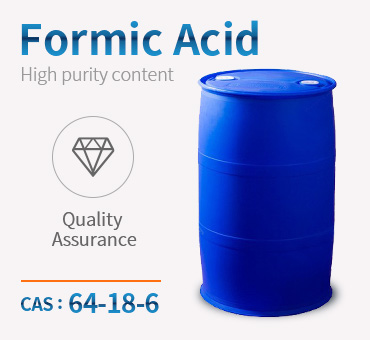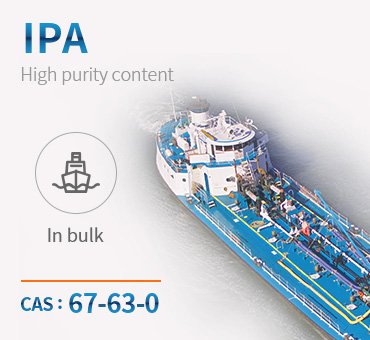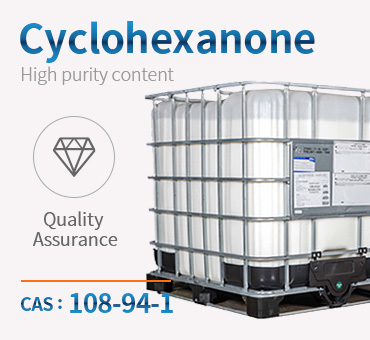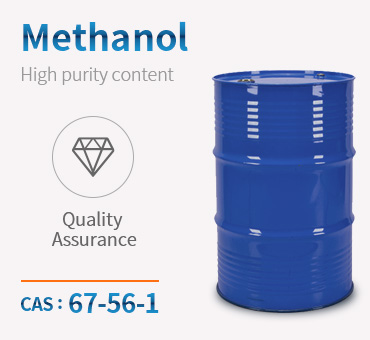Super Lowest Price Cas 107-13-1 Manufactor - Butadiene CAS 106-99-0 China Best Price – Chemwin Detail:
Product Name:1,3-Butadiene
Molecular format:C4H6
CAS No:106-99-0
Product molecular structure:

Chemical Properties:
1,3-Butadiene is a simple conjugated diene. It is a colourless gas with a mild aromatic or gasoline-like odour and incompatible with phenol, chlorine dioxide, copper, and crotonaldehyde. The gas is heavier than air and may travel along the ground; distant ignition is possible. It is an important industrial chemical used as a monomer in the production of synthetic rubber. Most butadiene is polymerised to produce synthetic rubber. While polybutadiene itself is a very soft, almost liquid, material, polymers prepared from mixtures of butadiene with styrene or acrylonitrile, such as ABS, are both tough and elastic. Styrene–butadiene rubber is the material most commonly used for the production of automobile tyres. Smaller amounts of butadiene are used to make nylon via the intermediate adiponitrile, other synthetic rubber materials such as chloroprene, and the solvent sulpholane. Butadiene is used in the industrial production of cyclododecatriene via a trimerisation reaction.
Application:
1,3-Butadiene is a petroleum product obtainedby catalytic cracking of naphtha orlight oil or by dehydrogenation of buteneor butane. It is used to produce butadiene–styrene elastomer (for tires), syntheticrubber, thermoplastic elastomers, foodwrapping materials, and in the manufactureof adiponitrile. It is also used forthe synthesis of organics by Diels–Aldercondensation.
Synthetic elastomers (styrene-butadiene, polybutadiene, neoprene, nitriles), ABS resins, chemical intermediate.
1,3-Butadiene can undergo a four-component coupling reaction with aryl Grignard reagents, and alkyl fluorides in the presence of nickel catalyst to form 1,6-octadiene carbon compound substituted with alkyl and aryl groups at the 3- and 8-positions.
1,3-Butadiene is a useful diene for Diels Alder reaction.
It may be used in the synthesis of the following:
1-Silyl-substituted 1,3-butadienes, by [RuHCl(CO)(PCy3)2]-catalyzed silylative coupling of terminal (E)-1,3-dienes with vinylsilanes.
Synthetic rubber and thermoplastic resins.
Disilylated dimers by reacting with chlorosilanes.
Octa-2,7-dien-1-ol via palladium catalyzed-hydrodimerization.
Product detail pictures:

Related Product Guide:
Assume full responsibility to satisfy all needs of our clients; achieve continual advancements by endorsing the expansion of our purchasers; turn into the final permanent cooperative partner of clientele and maximize the interests of clients for Super Lowest Price Cas 107-13-1 Manufactor - Butadiene CAS 106-99-0 China Best Price – Chemwin , The product will supply to all over the world, such as: Qatar, Luxembourg, Swedish, If you have any requests, pls email Us with your detailed demands, we will give you the most wholesale Competitive Price with the Super Quality and the Unbeatable First-class Service ! We can give you the most competitive prices and high quality, because we are much more PROFESSIONAL! So please do not hesitate to contact us.
Reasonable price, good attitude of consultation, finally we achieve a win-win situation,a happy cooperation!
Products categories
-

Phone
-

E-mail
-

Whatsapp
-

Top









